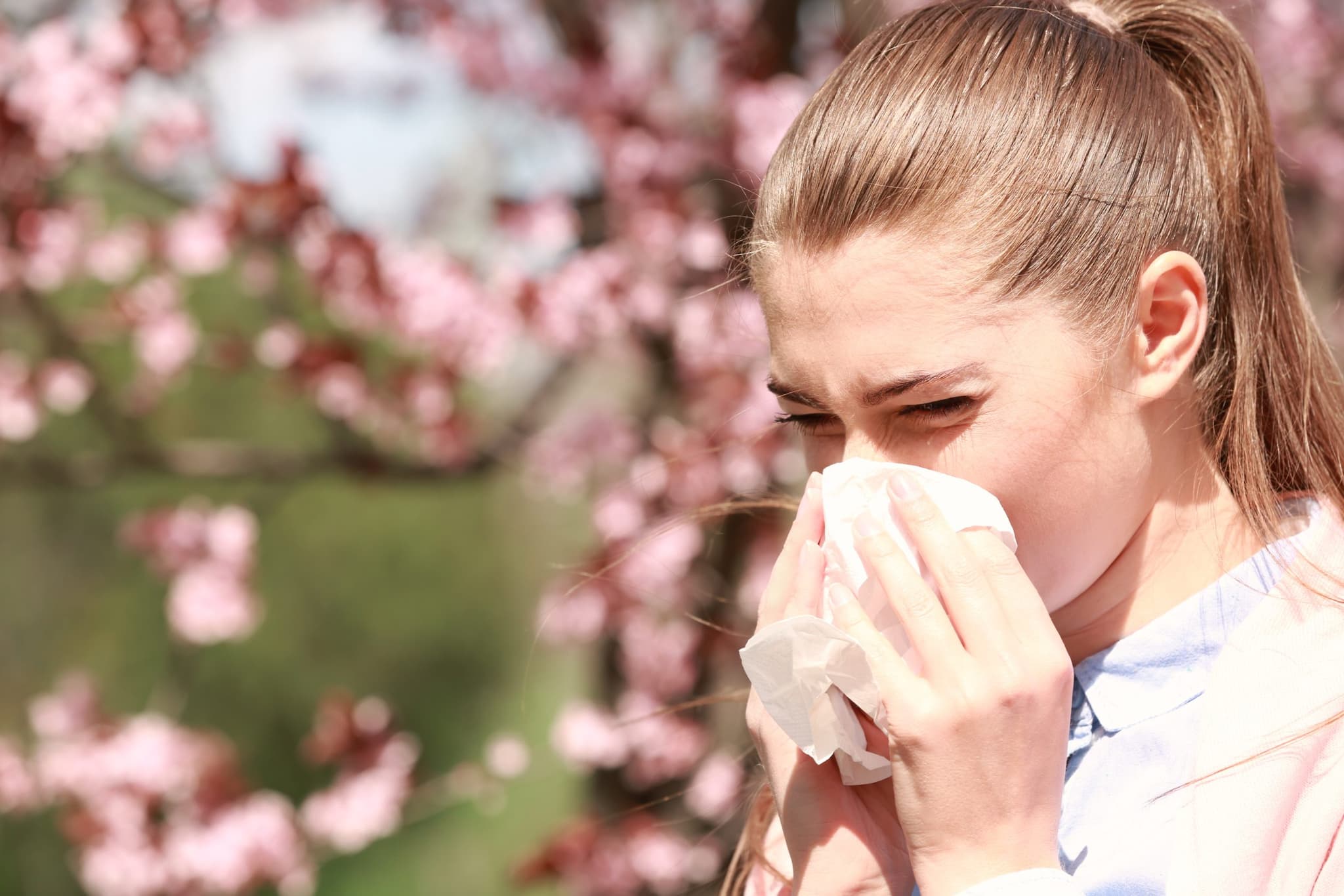
2023-05-19T11:00:36
Environmental allergy testing: What to expect and how to prepare
- Allergy and Immunology
August 16, 2017 | Allergy and Immunology
Specialties:Allergy, Asthma and Immunology

Also known as allergic rhinitis, hay fever is a condition that leads to cold-like symptoms such as runny nose, itchy eyes, congestion, sneezing and sinus pressure. Hay fever is not caused by a virus, however, it’s actually caused by an allergic response to triggers like pollen, dust mites and pet dander.
Hay fever can affect your quality of life and performance at work or school, but there are ways to identify triggers and find proper treatments. Here’s a look at everything you need to know about hay fever.
There are two types of hay fever:
Despite its name, hay fever is not usually accompanied by fever and does not require exposure to hay to trigger symptoms. Generally, symptoms are caused by breathing an allergy-causing substance. Symptoms can include:
In some cases, hay fever can be triggered by common irritants like cigarette smoke, perfume or hair spray odors, cosmetics, laundry detergents and cleaning solutions. In seasonal cases of hay fever, triggers may include:
There are a few possible complications associated with hay fever:
Signs of a common cold can be similar to those of hay fever, but there are a few important areas that can help you differentiate between the two:
Hay fever occurs when the immune system identifies an airborne substance incorrectly, and believes it to be harmful. The immune system produces antibodies to attack the substance, and these antibodies remain in the body to protect it the next time it encounters the same substance. At this time, the antibodies tell the immune system to release chemicals like histamine into the bloodstream, causing allergic reactions that lead to hay fever.
These factors can increase your risk of developing hay fever:
A big part of hay fever treatment is limiting exposure to triggers, and in some cases, basic over-the-counter medications can relieve moderate symptoms. In other cases, however, certain prescription medications may be needed:
Other hay fever treatments may include:
If you or your child is dealing with symptoms of hay fever, your doctor can offer recommendations for treatment and avoiding triggers.
“Hay fever.” The Mayo Clinic. https://www.mayoclinic.org/diseases-conditions/hay-fever/basics/definition/con-20020827
“Allergic Rhinitis.” American College of Allergy, Asthma & Immunology. https://acaai.org/allergies/types/hay-fever-rhinitis
WRITTEN BY:
The Live Better Team

2023-05-19T11:00:36

2018-06-13T12:00:19

2018-05-09T12:00:57

2018-04-11T11:00:42
This information is not intended to replace the advice of a medical professional. You should always consult your doctor before making decisions about your health.